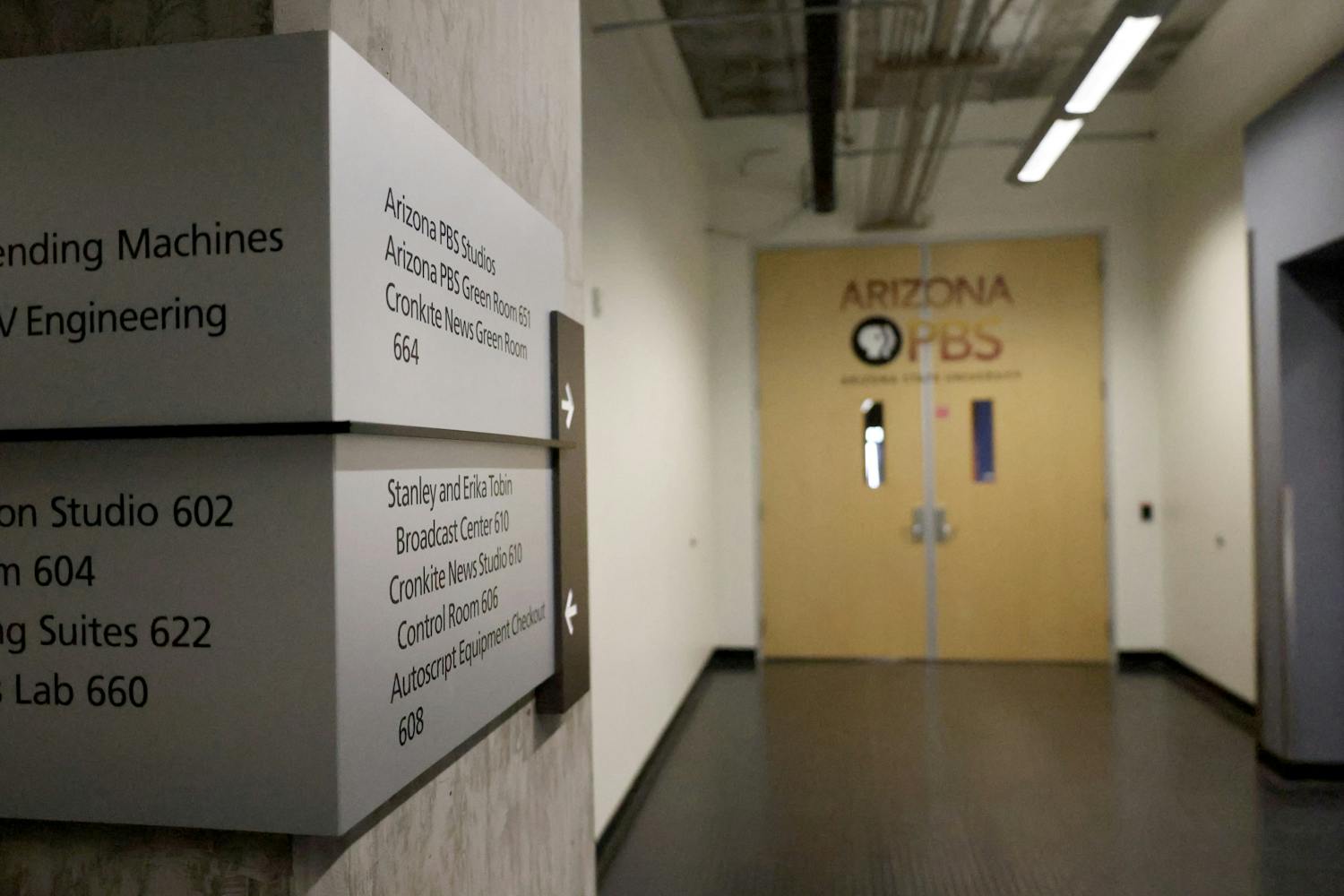The performing arts have become an important way for students to connect with their culture, make friends and express themselves in unique ways across ASU. As the University celebrates Asian/Pacific American Heritage Month this April, Asian arts groups around campus are encouraging students to better understand their backgrounds and provide ways to connect with those around them.
"I think art is something that is recognizable in all cultures," said Michelle Chamale, a senior studying pre-med and the external president of AZNA, a dance group at ASU. "It's something that really connects different cultures."
The arts educate students about other parts of the world by immersing them in different aspects of culture, creating communities that are more open-minded and connected to those around them.
There are now several popular Asian-based dance clubs at ASU, but AZNA was the first of its kind. Its open style and regular classes, Chamale said, welcome students of all backgrounds and skill levels.
Andaaz, another dance team at ASU, is a fusion group that focuses on combining South Asian and American styles of dance. Shasha Rayamajhi, a sophomore studying computer information systems and business data analytics and the finance manager of this team, said that dance is an especially strong way to connect with cultures because it physically integrates you into them.
Ted Solis, an ethnomusicology professor who teaches a Javanese Gamelan ensemble, also highlighted how music is special in this way.
"It is a way of binding things together," he said. "And of course, we also know that music is a very direct channel into the feelings and the mind."
In addition to the self-expression that the arts allow for, Solis explained that the connection between artists and musicians is an important aspect of understanding and experiencing parts of other cultures.
This is particularly significant in an Asian-American context.
"I feel like growing up in an Asian household there is an emphasis on becoming a doctor, becoming a lawyer, because we're really focusing on studies," Chamale said. "(Art) keeps me grounded."
Learning about other cultures through the arts has both personal and community-wide benefits. Chamale said that dance has allowed her to learn more about who she is as a person and how she can grow. Solis and Rayamajhi both stressed the importance of people sharing their identities and interacting with others in their cultural contexts.
Solis further explained that the more people interact with a culture — whether it's through dance, music, language or cooking — the more they can be open to people from that culture. This then encourages communities to have fellowship with each other.
"It creates a kind of world brother and sisterhood," Solis said. "You’re not just completely self-absorbed."
Rayamajhi said that her dance community has helped her feel more welcome at ASU.
"My culture is understood and other people and even other cultures and other groups that are not even South Asian have made the time to appreciate our group and appreciate our culture," she said.
In these ways, the Asian performing arts groups at ASU provide ways for students to connect on a more personal level. Both Chamale and Rayamajhi said helping students to find this community and understanding is one of the most important roles of the Asian arts organizations on campus.
"I found my friends and family through Andaaz," said Rayamajhi, going on to say that joining the team led her to overcome the fear and isolation of coming to a new school.
Similarly, Chamale said AZNA gave her the people, leadership experience and dance skills she needed to come out of her shell and be more self-disciplined.
"It's really important to have those spaces because at the end of the day, you have dance, your friends, and your community, and I think community is the most important thing," Chamale said.
Solis said he tells his students that learning new traditional music "widens their frame of reference in their rhythmic abilities," exposing them to new intonations and scales. This makes them better artists and could provide them with more professional opportunities in the future.
The University's variety of music and arts groups represent Asia's rich, diverse cultural history and allow people to both express themselves and learn about others' backgrounds.
Edited by Sophia Braccio, Alysa Horton and Grace Copperthite.
Reach the reporter at pkfung@asu.edu.
Like The State Press on Facebook and follow @statepress on X.
Pippa Fung is a digital producer, helping to edit and publish articles. This is her fourth semester at The State Press, where she has previously worked for The Echo, politics and senior reporter desks. Pippa has also worked for the Los Alamos National Laboratory's policy office and Boomtown Los Alamos, a local online newspaper.




